Why not just pick fresh vegetables from your garden instead of buying them at the supermarket? Due to the state’s distinct environment, vegetable gardening in Texas requires research and preparation. Vegetable gardens should be planned for our scorching summers (and even the moderate winters).
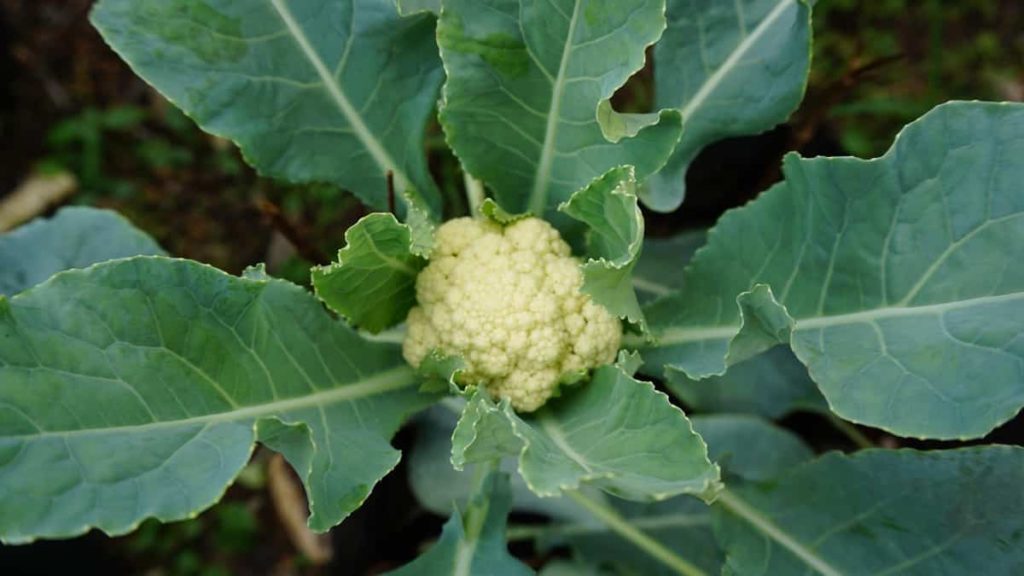
Below we learn the Texas vegetable planting calendar, vegetable planting calendar for different zones of Texas, vegetable planting for different seasons of Texas, the planting zones of Texas state, and different vegetables for North, Central, and South Texas.
Texas vegetable planting calendar (TX)
What fall vegetables can I plant in Texas?
Vegetables that thrive in the autumn include squash, peas, beans, broccoli, greens, and root vegetables like green onions, beets, and turnips. The tomato plant is another less apparent option. The intense summer heat of Texas can harm tomatoes, but autumn’s cooler temperatures help them thrive. Tomatoes grow better if planted in pots to be brought inside during colder months.
Later plantings may not have enough time to mature and produce fruit before January’s expected cold spells. Be ready to cover any plants with breathable covers like cotton tablecloths, old sheets, or pillowcases in the event of a frost in Central Texas, which is becoming more unlikely.
Even though it’s fall, Central Texas still experiences high temperatures, so mulching is an excellent idea to keep moisture at the plant’s roots. Natural mulch, such as grass clippings, straw, or leaves, should always be used. Keep away from utilizing inert materials like stones or crushed rubber. There will be uneven growth and disease in vegetable plants if the soil is allowed to dry up between waterings.
What vegetables do you plant in April in Texas?
Tomatoes, radishes, cucumbers, snap beans, maize, lima beans, mustard greens, peppers, and squash is good options for planting in April. Watermelons, cantaloupe, sweet potatoes, southern peas, okra, eggplant, and pumpkin should all be planted in late April. In Texas, soils can be deficient in several essential elements, including nitrogen, potassium, calcium, and magnesium. Many soil tests show normal or even high concentrations of elements that are harmful in large doses.
Phosphorus, which can be provided to individual transplants, is crucial for the survival and growth of seedlings and newly planted transplants. The pH of the soil: 6 to 6.5 is optimal for most vegetable growth. Acidic soils cause subpar development and little harvests. While lime may be needed to adjust the acidity of certain Texas soils, the soil can be made more manageable by adding a little bit more lime. What quantity of lime is needed? It all depends on the soil’s pH and composition. Check the soil’s pH and nutrient levels.
When can I plant tomatoes in Texas?
Texas gardeners normally plant tomatoes twice a year, first in the spring and again in the late summer, taking a break during the hottest months of July and August, when harvests frequently slow or halt altogether. However, gardeners can bridge the gap between summer and autumn harvests by growing tomatoes and selecting more resilient cultivars. They are at their most productive between the first freeze of autumn or early winter and the final frost of April.
Plant more than twice a year to harvest throughout the season. Tomatoes are typically planted in the spring and harvested in the summer. Due to a decline or cessation of fruit production, the plants were removed in July. To avoid the summer heat, plants replanted in late August or early September can continue to yield until the first frost of winter. However, he said, if you plant three or four times at the right periods throughout the season, you will have a continuous harvest. It takes tomato seeds four weeks to germinate.
In case you missed it: Florida Vegetable Planting Calendar (FL): Month Wise Chart, Zone 8, Zone 9, Zone 10, Zone 11, and Seasons
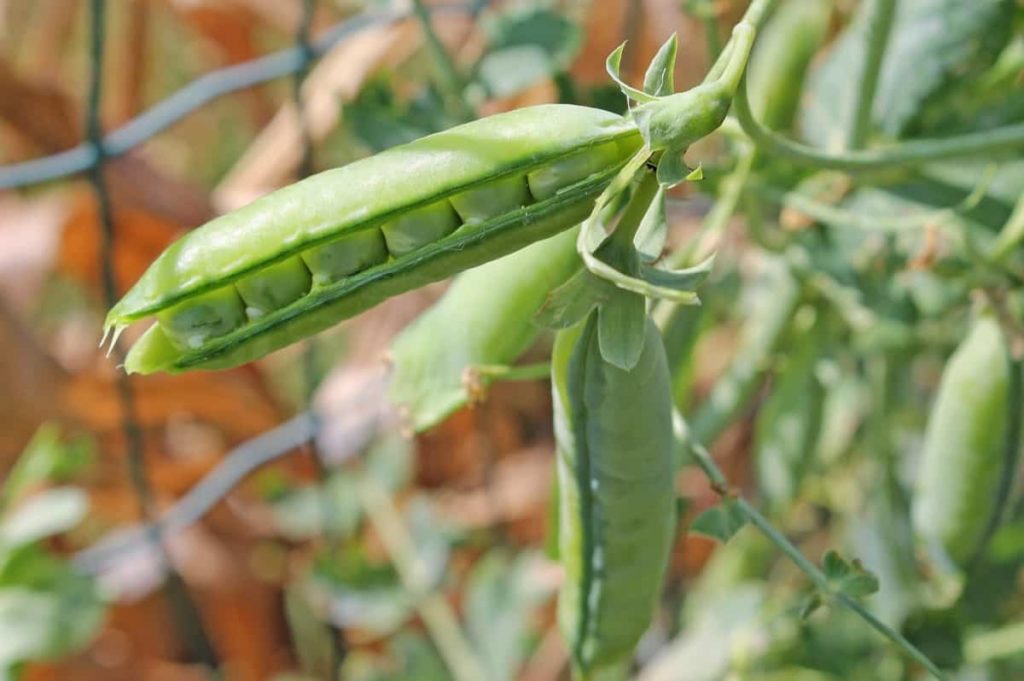
Plants need a further 8–10 weeks to reach full growth before harvesting for four months. It takes around 12-15 weeks from planting to harvesting the first crop, and ideally, the second planting would start yielding just after the first had reached its maximum output. To have the second set of seedlings ready to plant by mid-June, you should sow five to six weeks again following the first planting. After another five or six weeks have passed, sow again.
Can you grow vegetables year-round in Texas?
Vegetable gardens in Texas can provide fresh, healthy food throughout the year. To be a good gardener, you must pay attention to the details and make judgments based on reality. Vegetable selection is a top priority for every home grower. Grow veggies, which, in exchange for your time and effort, will provide a significant amount of healthy food. Many people don’t realize how much room watermelons, cantaloupes, winter squash, and cucumbers need to grow well. Growing vine crops in a smaller area can be possible if the garden is next to a fence or trellis.
Plant just what will be used in the household and avoid overplanting any one vegetable. The selection of suitable varieties is crucial to the achievement of gardening success. If you plant the incorrect seed, your harvest could not turn out as you hoped, no matter how much care you gave. If you want to know what plant kinds will do well in your part of Texas, you can ask your county’s Extension agent. Explore the use of hybrids and other kinds, but don’t go overboard.
How late can you plant fall crops?
Fall planting is often overlooked since most people don’t start planning for it until it’s too late. Many of your late-season crops need to be planted in the height of summer to guarantee a healthy autumn and winter harvest. It’s best to get your crops in the ground in the hottest part of August, so they can develop to full size while growth conditions are still favorable in most areas.
Some fast-growing autumn plants like lettuce and radishes can be planted through late September, but broccoli and carrots require many months of peak conditions to develop before frost and low light. You can estimate how long each crop will take to mature to harvest size. On the back of the seed packet or the plant tag, you’ll see the term “days to maturity,” which describes how long your crop will take to develop.
The exact number of days needed to reach maturity is plant-dependent, but these estimates should be quite close. As a general rule of thumb, planting should be timed, so crops mature before the first frost.
Can you grow tomatoes in the fall in Texas?
In Texas, tomatoes are one of the few crops harvested twice a year, first in the early summer and again in the late summer or early autumn. If cared are grown correctly, tomatoes grown in the autumn can surpass those grown in the spring. Whether to grow autumn tomatoes from seed or buy a transplant must be made before May 1. It might be easier to choose plants that will thrive in the autumn weather if you buy your transplants from a garden shop.
Temperature and daylight hours affect blooming and fruiting. The day length must be long enough when the autumn tomatoes begin to bear fruit. Thus they should be planted early in the summer. Tomatoes for harvest in the autumn have the best chance of survival if planted between July 1 and July 15. This provides the plants time to mature into a size where they can produce and set fruit. In some years, fall tomato harvests exceed spring harvests.
Keeping the new tomato plants alive and well throughout the scorching Texas summer is no easy task. Shade the newly transplanted autumn tomato seedlings from the sun and heat to ensure their survival. The use of shade cloth is recommended. Once the plants have been acclimatized for a week, you can take down the shade cloth. Tomatoes need much water throughout their initial two months of development. Daily, in-depth watering after transplanting is essential for successful autumn tomato growth.
When should I start my garden in Texas?
Texas’ spring/summer gardening season begins before the rest of the country. The end of frosty weather often occurs around the middle of March. Vegetables such as peppers, squash, tomatoes, zucchini, cucumbers, maize, okra, beans, peas, cantaloupe, and watermelon are at their peak during this season. If you have a late frost, you may need to cover your young seedlings with fabric to keep them safe.
In case you missed it: Arizona Vegetable Planting Calendar (AZ): Month Wise Chart, Zone 5, Zone 6, Zone 7, Zone 8, and Zone 9
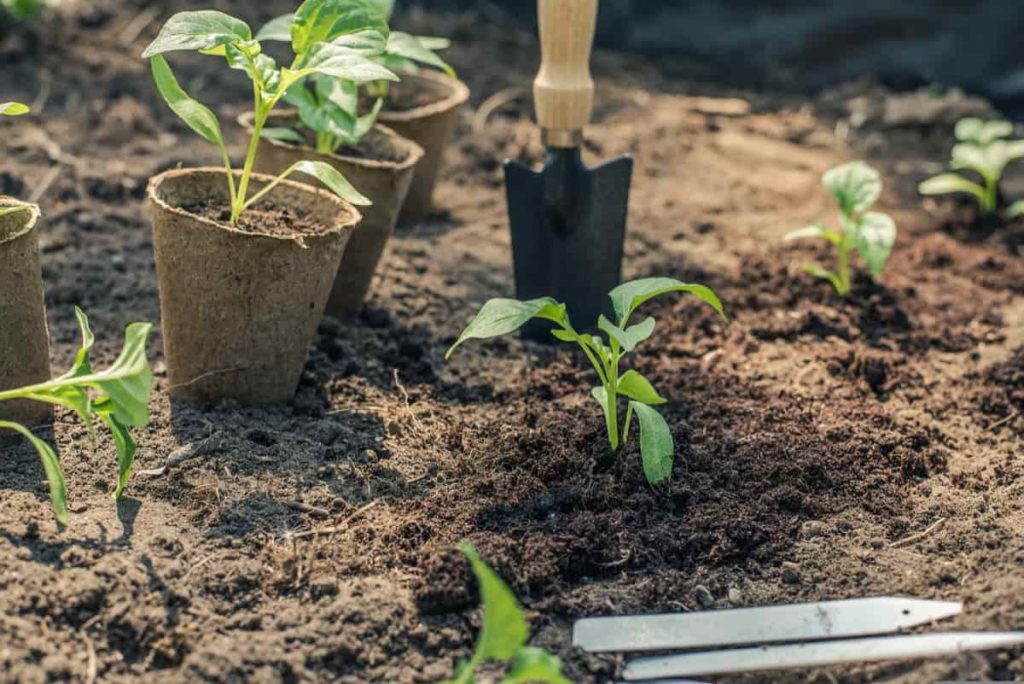
There is a second growing season for many of these plants in Texas. In July, August, and September, cabbage, carrots, greens, broccoli, Irish potatoes, cauliflower, Brussel sprouts, and turnips have their second growing season. Onions, beets, radishes, lettuce, and asparagus are some of the winter crops that thrive in Texas. Vegetables planted in the autumn have a second growing season in the winter.
What are the planting zones in Texas?
Texas’s vastness and diversity throughout the state have resulted in a state with a broad range of climates and planting seasons. The west has deserts, while the subtropical and humid east provides a complete contrast. Numerous places experience very different climates. Winters are harsher in the state’s panhandle than in the north and milder in the Gulf Coast. All around the state, tornadoes are a regular occurrence. On average, there are around 140 tornadoes per year. From the Pacific and the Gulf of Mexico can potentially come tropical cyclones.
Texas is no stranger to the devastation caused by floods caused by blocked fronts or tropical storms. Also varying widely is the annual precipitation, which averages 8.7 inches in the state’s western portion but can reach as high as 64 inches in the southeast. The Panhandle and the West Texas mountains see snow several times a year. The bulk of the state has highs in the nineties during the summer, with averages ranging from the low 80s to the high 100s.
Before starting a garden, you must find out what planting zone you’re in. Using an online interactive planting zone map, you can easily identify your planting zone and learn which plants have the best chance of survival. Growing zones in Texas range from 6b to 10a. A local nursery can assist you in figuring out what Texas planting zone you are in and what kinds of plants will thrive in your area.
Always remember that planting outside of your zone is acceptable only if done so at a lower elevation. In zone 6b, you can safely overwinter any plant classified for zones 1 through 6. Plenty of plants and flowers thrive in the Texas climate. Vegetables grow well there, such as cabbage, swiss chard, asparagus, beets, carrots, and many more. However, many kinds of plants and flowers thrive there, defying the scorching temperatures affecting much of the area. Plants like zinnias, hibiscus, salvia, lantana, firebush, lacy oak, and many more will thrive.
What should I plant in Texas right now?
Spring gardening in Texas
Spinach, radishes, and lettuce can all be planted from March to mid-April. Plant your sweet corn, cucumbers, lima beans, tomatoes, and squash in late March. Tomatoes, cucumbers, snap beans, radishes, maize, lima beans, mustard greens, peppers, and squash are all excellent options for planting in April.
Watermelons, cantaloupe, sweet potatoes, eggplant, southern peas, okra, and pumpkin should all be planted in late April. Black-eyed peas, green beans (pole or bush type), okra, cantaloupe, cucumber, eggplant, peppers, pumpkin, sweet corn, sweet potato, squash, and watermelon should all be planted by the end of the month of May. Herbs that last more than one year are perfect for planting in the spring, whether in the ground or in containers.
Before the hot weather approaches, most crops should have matured. Some vegetables, such as okra, southern peas, and sweet potatoes, need higher temperatures to thrive. Ideally, planting crops would begin in the first half of March but no later than the middle of the month. Seeds of warm-season vegetables should be planted only after the soil has warmed to between 68 and 71 degrees Fahrenheit.
In case you missed it: Top 47 Home Garden Ideas for Small Spaces: Check How this Helps Beginners
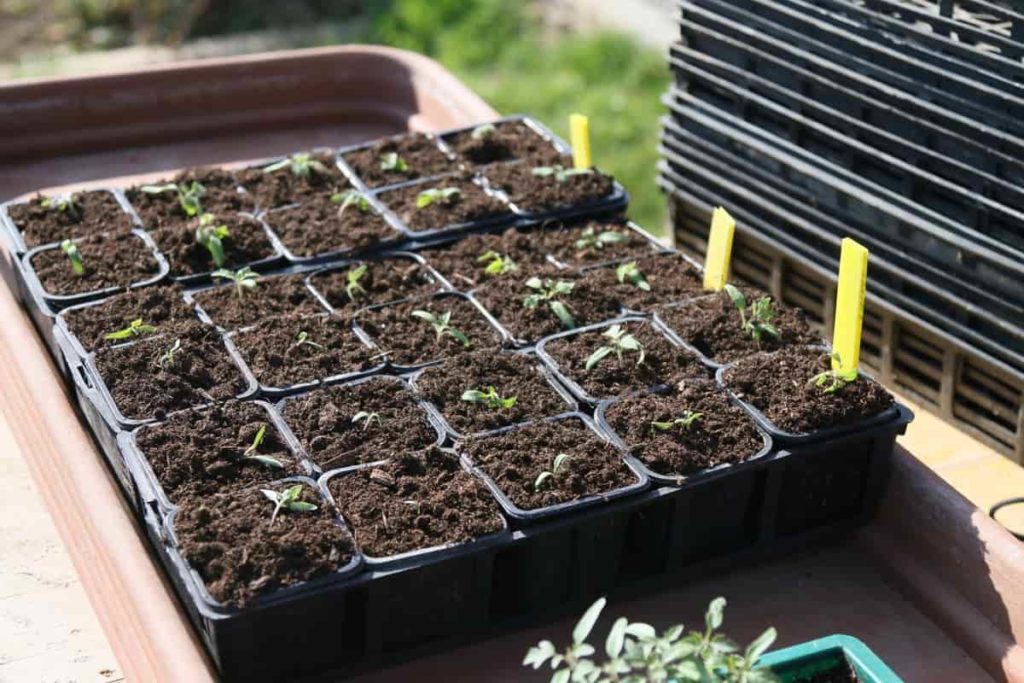
Vegetable gardens, following the rule of thumb that “more sunshine is better,” need much sun. Vegetables like lettuce and cabbage, as well as root vegetables like carrots and turnips, can thrive in dappled shade. Plants like beans, tomatoes, okra, and other fruiting crops need at least 8-10 hours of direct sunlight daily. In other words, your plants will thrive, and you’ll get the most out of your crop.
Soil deficiencies in Texas can exist for various nutrients, including nitrogen, potassium, calcium, and magnesium. Many soil analyses demonstrate that levels of potentially toxic components are within normal range or even slightly elevated. Seedlings and recently planted transplants need supplemental phosphorus to thrive and flourish. Most veggies like a pH between 6 and 6.5. Poor growth and little harvests are the results of acidic soils. Although certain Texas soils may need lime to correct their acidity, a small amount can improve the soil’s workability.
Fall gardening in Texas
Mulching is recommended to maintain root hydration during the still warm autumn months in Central Texas. It is usually best to utilize natural mulch, like grass clippings, straw, or fallen leaves. Avoid using non-living things like rocks or broken tires. Vegetable plants will not develop evenly and can get diseases if the soil is left to dry up between waterings.
Squash, peas, beans, broccoli, greens, and root vegetables like beets, green onions, and turnips are some fall veggies that do exceptionally well. Consider the tomato plant as a third, less obvious possibility. Tomatoes may not do well in the scorching Texas summers, but they come into their own once the weather cools down in the fall.
Planting tomatoes in containers allows you to bring the plants inside during the winter. Fruit from later plantings could not develop in time for the cold snaps forecast for January. In the uncommon event of a frost in Central Texas, ensure you have some cotton tablecloths, old sheets, or pillowcases on hand to cover your plants.
Winter gardening in Texas
Vegetables grown in Texas throughout the winter months must be frost- and freeze-resistant, just as they must be in the autumn. Radishes, swiss chard, spinach, and carrots can flourish in a winter garden. Despite the limited variety of winter-hardy veggies in Texas, the colder months are ideal for laying the groundwork for a successful spring planting.
Get your Texas garden ready for the warmer season by checking the soil’s water retention, texture, and density. Planting seedlings in mason jars will allow you to observe their development and adjust the quantity of water and sunshine they get before being transplanted to your garden in the spring and summer.
Summer gardening in Texas
Safely removing last year’s garden plants will allow you to refill the soil with two inches of compost or manure. Planting summer vegetables in Texas should wait until after the last frost of the season, which typically happens in early March, and only after the garden has been cleaned and reorganized. Summer veggies in Texas provide a far wider variety of options than winter harvests.
In the summer, you can grow a wide variety of vegetables, including peppers, okra, squash, cucumbers, eggplant, and even maize. After the danger of frost has passed, plant the seeds and water them regularly for two weeks. When the plants in your Texas vegetable garden begin to sprout, it’s essential to maintain a good harvest by regularly thinning off any plants that have become overgrown.
In case you missed it: How to Start Cucumber Farming/Growing in Philippines: Check How this Guide Helps Beginners
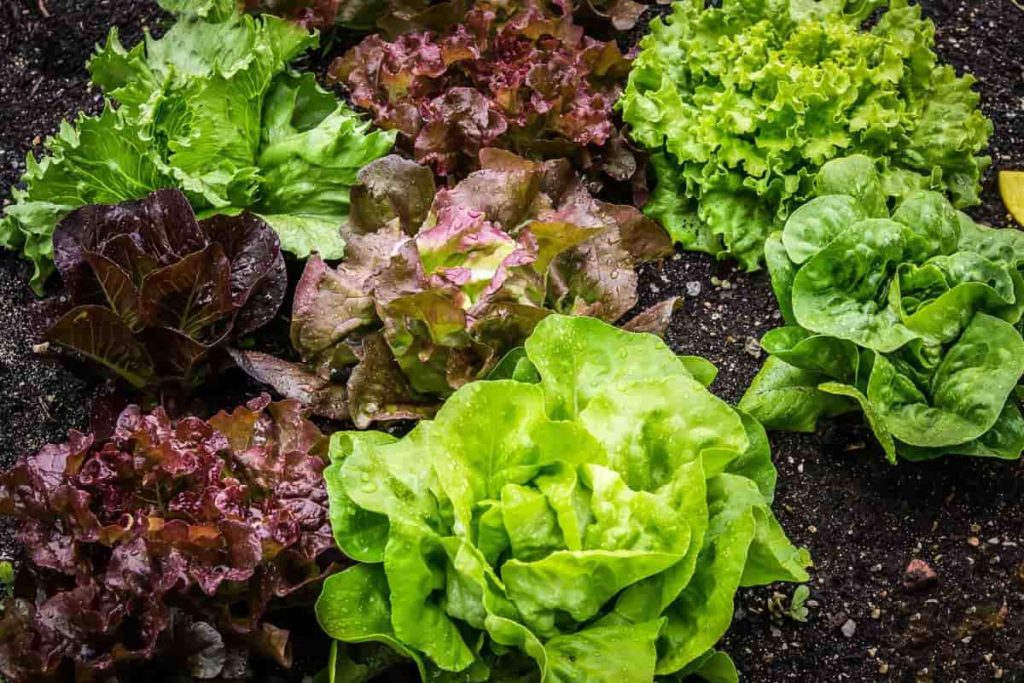
Texas vegetable planting calendar
| Vegetables | Zone 6 | Zone 7 | Zone 8 | Zone 9 |
| Beans | May to mid-Oct | Apr to mid-Oct | Mid Mar to mid-Oct | Mid Feb to May Sep to Nov |
| Beets | Mid Mar to June mid-July to mid-Oct | Mar to May Aug to Oct | Mid Feb to mid-May mid-Aug to mid-Nov | Feb to Apr, mid Sep to Nov |
| Broccoli | Mar to mid-June mid-July to Oct | Mid Feb to May Aug to mid Nov | Feb to mid-May Aug to Nov | Mid Jan to Apr, mid aug to mid dec |
| Brussel Sprouts | May to Oct | Mid Apr to mid-Sep | Apr to Aug | Mar to Jun |
| Cabbage | May to Oct | Mar to mid-June, mid-July to Oct | Mid Feb to May,Aug to mid-Nov | Feb to mid-May Sep to mid-Dec |
| Carrots | Apr to June, Aug to Oct | Mar to mid-June Aug to Oct | Mid Feb to May mid-Aug to mid-Nov | Mid Feb to may mid Sep to mid dec |
| Cauliflowers | Mar to mid-June | Mid Feb to May Aug to mid-Nov | Feb to mid-May mid-Aug to Nov | Feb to mid-May Sep to mid-Dec |
| Corn | May to Sep | May to Aug | Mid Apr to Aug | Mid Feb to May mid-Aug to Nov |
| Cucumber | May to Sep | May to Aug | Mid Apr to Aug | Mid Feb to May mid-Aug to Nov |
| Kale | Mid mar to mid Jun Aug to mid Nov | Mar to May Aug to mid Nov | Mid Feb to mid-May mid Aug to mid Nov | Oct to Dec |
| Lettuce | Mid Mar to mid-June Aug to Oct | Mar to May Aug to Oct | Mid Feb to May mid-Aug to mid-Nov | Mid Jan to Apr mid-Sep to mid-Dec |
| Onions | Mid- Mar to Aug | Mar to Aug | Mid Feb to Aug | Mid-Jan to May |
| Peas | Mid Mar to May, Aug to Oct | Mid Feb to mid-May mid-Aug to mid-Nov | Mid Feb to mid-May Sep to mid-Nov | Jan to march Oct to mid-Dec |
| Peppers | Mid Mar to Sep | Mar to Sep | Mid Feb to mid-Sep | Jan to May mid-July to Nov |
| Spinach | Mar to June mid-July to oct | Mar to June Aug to mid-Nov | Mid Feb to May Sep to Nov | Mid Jan to Apr mid-Sep to mid-Dec |
| Squash | May to Sep | May to mid-Oct | Mid Apr to mid-Oct | Mar to Jun |
| Tomato | Mid Mar to Sep | Mar to Sep | Mid Feb to mid-Sep | Jan to May mid-July to Nov |
In case you missed it: Top 43 Kitchen Garden Ideas for Beginners: That Every Gardener Should Know
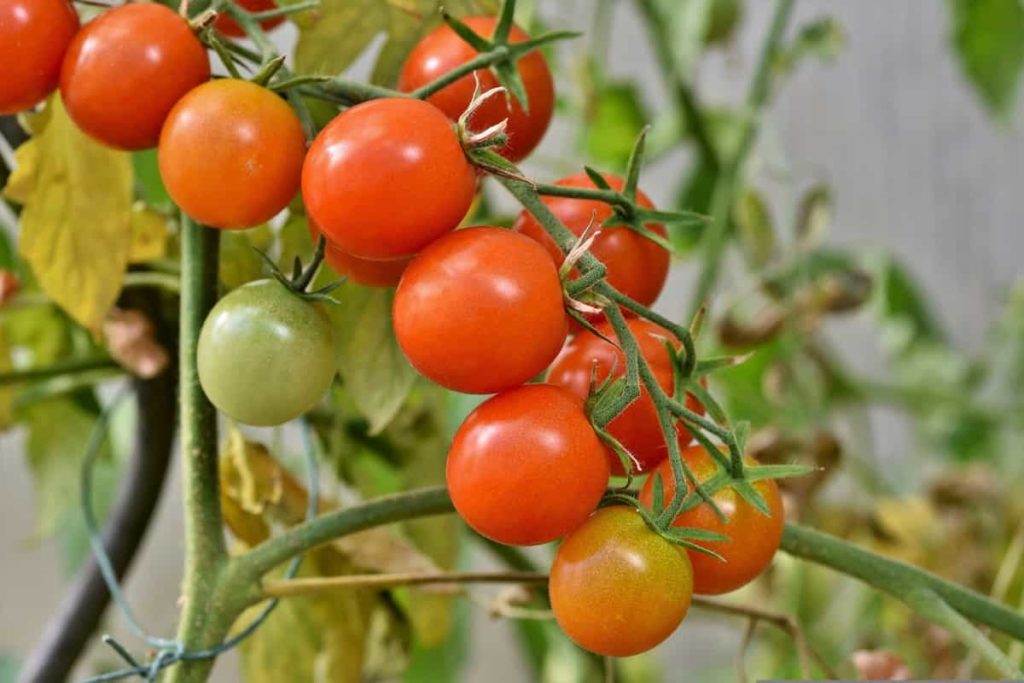
Conclusion
When planning a vegetable garden, one good start is by listing the kind of vegetables you most look forward to cooking. Create a detailed strategy outlining the kind of vegetables to grow, when to plant them, and how much room to provide for each plant. Planning can help you save time and work in the long run. If you live in the following towns, cities, and counties of Texas (TX) of Zone 6, Zone 7, Zone 8, and Zone 9 in the United States, this article may be helpful to understand the vegetable planting calendar, month wise chart along with planting seasons.
| Houston | Round Rock |
| Dallas | The Woodlands |
| Austin | College Station |
| San Antonio | San Marcos |
| Texas City | Fredericksburg |
| El Paso | San Angelo |
| Fort Worth | Grand Prairie |
| Arlington | Edinburg |
| Corpus Christi | Garland |
| Lubbock | Texarkana |
| Carrollton | Wichita Falls |
| Waco | Mesquite |
| Galveston | South Padre Island |
| Amarillo | Harlingen |
| Plano | Mansfield |
| McAllen | Lewisville |
| Laredo | Sugar Land |
| Irving | Port Arthur |
| Killeen | Baytown |
| Frisco | Pearland |
| Abilene | Grapevine |
| Katy | Rockwall |
| Brownsville | Burleson |
| Denton | Waxahachie Central Texas |
| New Braunfels | South Texas |
| Conroe | North Texas |
| McKinney | East Texas |
- Profitable Village Farming Business Ideas in 2024
- High-Yield Aquaculture: Fast-Growing Fish for Farming
- Effective Fish Pond Construction Techniques for Beginners
- Irrigation and Water Management in Pineapple Farming
- Blossom to Harvest: Mastering Flowering and Pollination in Papaya Farming
- Pig Fattening Essentials: From Selection to Sale for Beginners
- Raising Wagyu Cattle: A Complete Guide for Premium Beef Production
- Soil Types and Their Water Holding Capacity
- Optimizing Irrigation Schedules for Coconut Groves for Enhanced Yield
- Espresso Your Garden: Coffee Grounds for Healthier Acid-Loving Plants
- The Best Soil Mix for Snake Plants: How to Mix Your Own Snake Plant Soil
- Green Thumb Success: Expert Tips for Cultivating Greenhouse Beans All Year Round
- Bloom All Year Round: The Ultimate Guide to Indoor Hyacinth Care
- Eco-Friendly Gardening: How to Make Liquid Fertilizer from Kitchen Waste
- Ultimate Guide to Grow Anise in Pots: Explore Seed Propagation to Harvesting
- Guide to Raising Chester White Pigs: Discover Breed Facts to Growth Management
- Mastering the Elegance: The Ultimate Guide to Weeping Cherry Tree Care, Planting, and Maintenance
- Ultimate Guide to Planting Garlic in Grow Bags: Growing Strategies for Beginners
- How to Fix Spider Plant Leaf-Related Problems: Natural and Organic Remedies
- 10 Reasons Why Your Tulsi Plant is Shedding Leaves: Home Remedies and Solutions
- Optimizing Growth and Yield: The Advantages of Palm Bunch Ash Fertilizer
- Utilizing Neem Oil Extract as a Natural Pesticide for Hydrangea
- From Soil to Harvest: Various Ways in Which Farmers Can Use AI Tools
- Steps to Encourage and Induce Citrus Flowers: A Comprehensive Guide
- How to Fix Snake Plant Leaf-Related Issues: Natural and Organic Remedies
- Transform Your Garden into a Fragrant Oasis with Raat Ki Rani (Night Blooming Jasmine)
- Discover the Ideal Chicken Breeds for Philippine Farms
- How to Create a Poultry Egg Farm Business Plan for Profits
- Grow Lemon Cucumbers Like a Pro: Insider Techniques for Bountiful Yields
- Ultimate Guide to Caring for Your Pink Princess Philodendron: Tips for Thriving Variegation
- Areca Nut Profit Per Acre: Calculating Yield and Cost of Cultivation
- How Kaveri Chicken is Becoming a More Profitable Breed in Indian Backyards
- Transform Your Barn: 9 Steps to Convert a Horse Stall into a Chicken Coop
- Exploring Suffolk Sheep Disadvantages with Limitations and Challenges
- Guide to Solving Potted Lemon Tree Problems: How to Revive Lemon Tree in Containers
- Steps to Encourage Female Pumpkin Flowers: Best Strategies for More Flowers and High Yields
